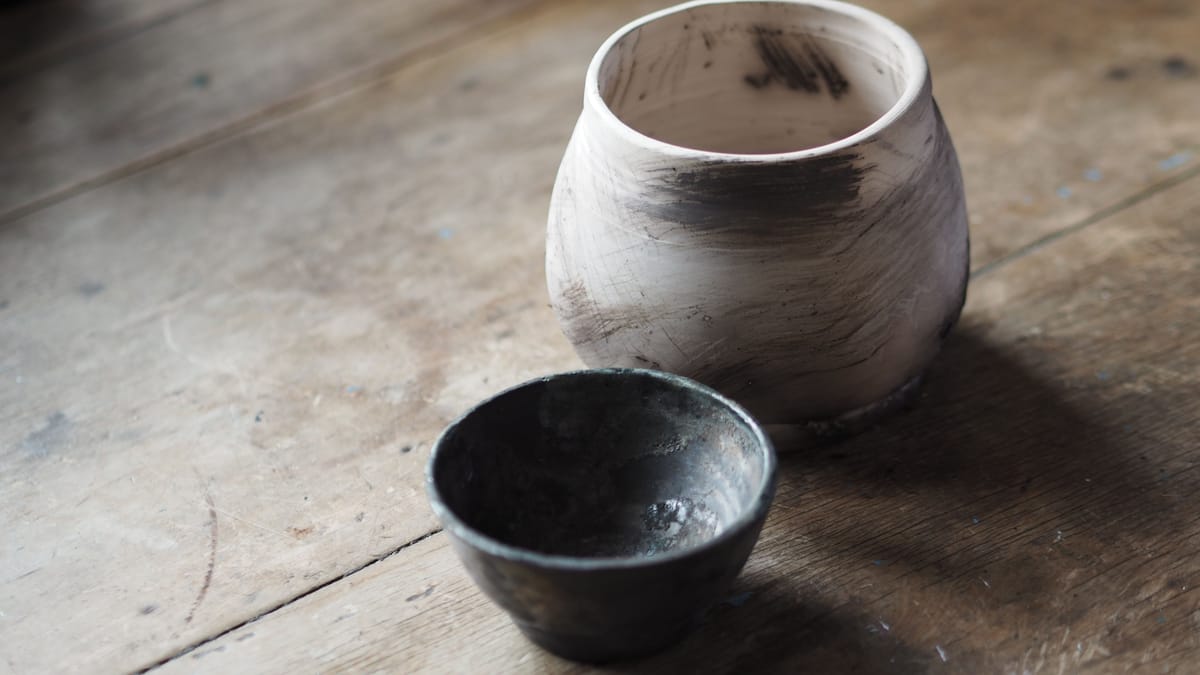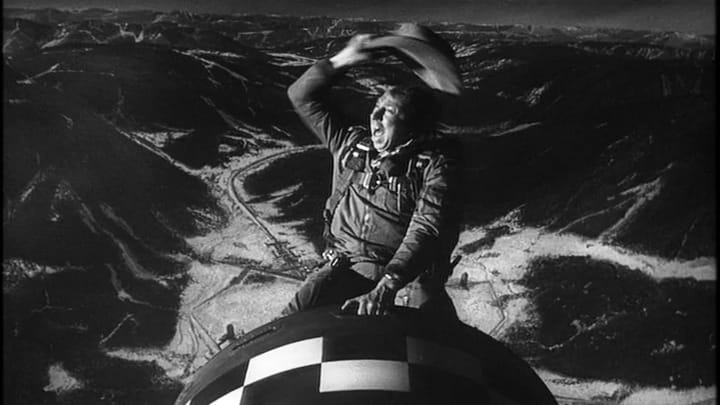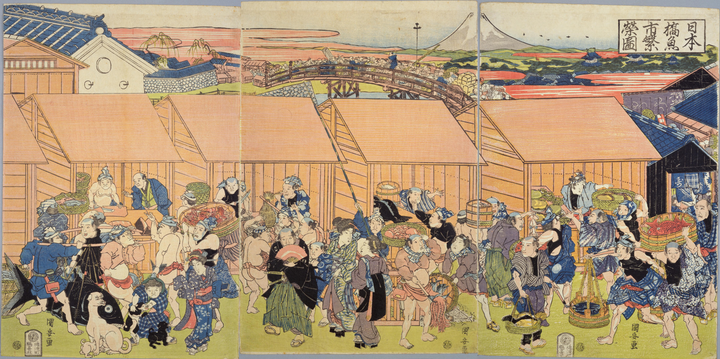What Is A Practice?

My thoughts converge on this question because nobody seems to know, least of all those who engage with it professionally—academe has become a club where they congratulate each other on getting in and protest that they should stay. I can say this because I'm not in it. I'm brought however to consider what a practice is by being asked to moonlight as external examiner for a Masters candidate doing practice-based research; I'm also brought to ask it—and I should say, return to it, because I've been engaged with the question of practice, practice as research, specifically artistic practice and artistic research, since 2014, when I was asked in a PGR9, a six-month-in assessment of my own practice-based research for a PhD, What is your practice? by one and the only academic I met over that 3-year journey who did or, as it turns out, who might have, Stephen Zeppke, independent researcher and philosopher, as he was then and as he is now, living in Vienna. That the question then was a challenge and still is is borne out by my thoughts converging now on it and still finding that they do.
I'm brought to ask it by these factors and a third. I wrote a friend, Gareth Simpson (he can let me know whether he minds my using his proper name and I can remove it later) to tell him I had left the square white world, my dotcom WordPress blog, for this outside light, on the Ghost platform. I told him partly why, that the world had become all-too square and all-too white since I started that blog in 2006, yet he replied asking, "why did you decide to stop writing 'Square White World' and move on to your other piece? Are they deliberately different, or did you just need a kjnd of break? What was yr process??!!" (I've left his sp. in too, it goes to the spontaneity of the question.)
What Is A Process?
A process individuates while it goes about making an event, or a decision, from which AI can save us if we choose. This, in short, is my objection to AI, why it short-changes or sells short the practitioner in an academic setting asked to write an account of their practice-based research project. But then the institution is selling the student short if they are not aware this is the case.
Its convenience: AI shortens the process, but it does so in the way it thinks and a practice is a way of thinking. The student I was examining (I won't use the proper name for obvious reasons) used AI for references. The exegesis (simply the document accompanying a practice-based academic project) was heavily referenced.
Usually when reading for examination I would pay attention to notes but not bibliographic apparatus, that is to say critical and scholarly apparatus (the whole system of citing authorities to support claims made in a scholarly work and doing it properly). I found a spurious claim in this case and checked every citation and reference in the reference list (bibliography). One had this: source=chatgpt.com.
In my examiner's report I wrote that practice-based research throws into sharp relief the problem of using AI in an academic setting. Why? or rather, How? because central to it is what a practice is, a way of thinking which engages processes that go about making an event or a decision. Here the decision—of the method used by the practice—is supported by a source outside the practice.
Did the student I was assessing call on this particular authority every time they decided to use a method of visualisation? I mean, was the authority not only part of the scholarly, academic apparatus but also of the technical apparatus? And did it therefore contribute to the practice as a way of researching?
I added, practice-based research throws the problem of AI into relief unless the practice is in AI and it is AI-led research. The principle is the same but we can see it much more clearly with AI: a songwriter reflecting on their method will answer in words for what they do without them. Although a songwriter works with words, the ways of thinking are distinct. For a practice which does not involve words, like the student's in digital design, the way of thinking is exactly that brought about when words are put aside.
What Is A Thought?
The problem here is the conflation of thinking and words. It is why calling a practice a way of thinking is misleading, a falsification, because it misrepresents as thought what is not, because it does not use words. AI of the Large Language Model type is similarly misrepresented. Developers of AI don't know how they work except by a statistical regime of probabilities, reflection on which would show the numbers being crunched.
Thinking however is thought only to come about through signs, yet, despite their poetic use or use in songwriting, these are not supposed a way of thinking distinct from thinking itself. Coming at it the other way, reflecting on thinking is like being in a hall of mirrors. And so it should be: to a practice in thinking, like any other, belong processes of individuation, producing subjects who think.
Now the process which produces a subject of thought, that is to say a thought, is best considered multiple and heterogeneous. Processes plural, it is easy to generalise, the way AI might, out of consideration for the highest statistical probability of there being certain processes and out of consideration for what answer will please the user. But a practice never does this.
A Practice
To reflect on a practice is to shift attention from the cutting edge, the edge as it cuts through the water, to the wake. Behind is where a practice throws up its own referential field (and where it won't be available to AI to find). Reflection introduces a kind of pause, when we let go of the wheel, even though, much happier driving forward through the medium, we don't want to. It is not like retracing our steps.
Step one, I cut a slab; step two, put it on the wheel; step three, centre it, one hand roughly vertical, the other horizontal; a process of pressing the clay in from the side and down from the top, wetting the fingers, until it's centred. Asked, what is your practice, you might give this answer. You might even be ashamed to because it all goes without saying. The processes in themselves are so simple, like in poetry liking the shape of a word in your mouth. But how account for them?
And more than this, how account for your having, in your practice, adopted them? This is an opportunity for the practice to lead the research, by letting go of it, of the clay, the wheel, the conventions, the admission, it goes without saying, and check out the backstory. Where does this method informing your process come from?
My student: design visualisation. Source cited. Claim supported, it is a method with an author. OK, but what do you actually do? because it's what you do, which will not be how the authority says it is, but will involve a choice, a decision, which you can reflect on. And going back either choose again for the same, or change.
Where is my source for how I centre the clay? This research is not that research: returning from finding the author of this process, I turn again to what I do. There is a recursive critical process. This is the recursive critical process which accompanies a practice. Finding it leads to the practice's individuation, as a self-reflective (therefore thinking) subject.
My Process
A better way to talk about a practice than as a self-reflective or thinking subject is to call it a perception. Before it is thinking, it is a perception. The practice of philosophy too, before it is thinking, it is a perception, a perceptual attribute. Like the eye which is an answer to the problem of light, a philosophy is an answer, only one, to its problem. The problem which is outside it.
To answer Gareth, firstly it's hard to consider my blog a practice, either here or previously at squarewhiteworld.com, the URL now directs you back here again. Or a piece. I started squarewhiteworld as a matter of indirection, even of parody—or satire.
In the same way I think of my early works in poetic form as satires. Like "Eating the Baby" and others. A strategy I later identified with Cixin Liu's wallfacers.
The change in my process comes at about the same time as that at which I begin this post, with the question that shocked me out of a kind of critical daze. Or maze. It is the story of moving from critique to affirmation. What do you choose for? What is your practice? process? thought? such that you would choose for it again, each time.
The meantime, over the 19 years of squarewhiteworld, was doing the opposite of making me affirm the world as square and white, or even as the world. The world seems to have gone missing. Something I once wrote about as neocolonisation, that could equally be called neurocolonisation. I felt less inclined to direct people to my practice, my website, under that name. Will I return to it? outsidelight.online has replaced it. All that was previously there has come here, the bulk of the posts are gathered under the journal heading. Which goes back and back.
The other way I thought about squarewhiteworld.com was as clearing-house, for all those works, series and pieces which were not going to come to light any other way. Back even further. And I note now the way of thinking that disparaged—or was it despairing?—things, particularly, I'd written and valued.
I should add finally the question, what field of reference does my process, a multiplicity, throw up in its wake? If I leave the wheel and look back I cannot ignore it is moving forward. It's not in retrospect then that an apparatus we can call critical arises, of references, sources, a bibliography, agents obscured in the onrush of getting on with it. And it's a matter of careful winnowing to find the strands which are still active in the work, that are feeding it, putting fingers in the water, is like feeling smoke, but I would come back to the surprise I felt that I answered Alphonso Lingis whom I had only recently met when he asked who, among all the scholars, researchers, academic and otherwise, at a cafeteria during a break in a conference, is a writer? I said I am. He began a wonderful story then about Muhammad Ali and the pigeons he kept, on the roof of the building where he lived as a boy.


